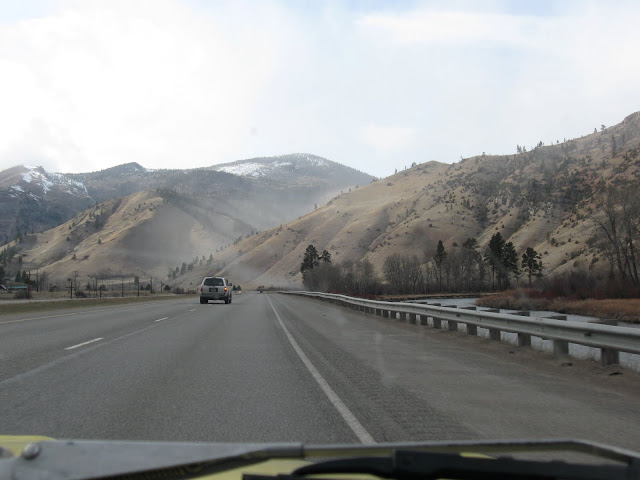On the last day of my four-day staycation we split the case open. Split the case open!? Yes, split the case open. Unlike any other engine design I know of (Subaru engines, of course, being of the same design), air-cooled VW cases are composed of two halves, a left and a right, which are machined to fit together exactly. There's not even a seal or gasket between them, they're just bolted together. I remember in high school telling a gearhead classmate, then-owner of a '65 Mustang, about this set-up and he was completely incredulous; it took the shop manual's description and diagrams to convince him. It is kind of weird if you think about it.
Just as I suspected: a broken crankshaft. The fracture rent the flange asunder just forward (front is front!) of the 2nd main bearing, between the rods for cylinders 1 and 4.
Where? Right there, in other words. Apparently once in a while a Type I engine will run--like, still move the car down the road, albeit very noisily--with a broken crank. I can report that a broken Type IV crank generates no power, only noise. The noise of a couple bocce balls bouncing around amongst a full set of cast-iron cookery, in fact.



















































